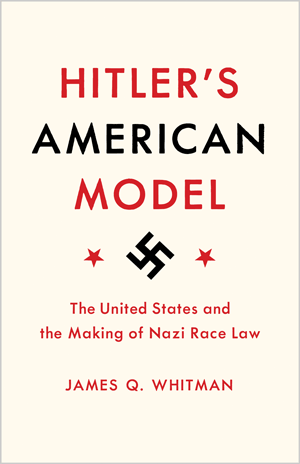Planning for German Children of Mixed Racial Background1
Social Service Review
Volume 30, Number 1 (March 1956)
pages 33-37
DOI: 10.1086/639959
Hans Pfaffenberger (1922-2012), Professor of Psychology
University of Trier, Trier, Germany
Translated by Susanne Schulze
On January 1, 1955, there were approximately four thousand mischlingskinder2 in the West German Republic. This number is still increasing by 250 to 350 a year. More than 70 per cent of the children are living with their mothers, and about 5 per cent with other relatives—grandparents, aunts, etc. About 12 per cent are in institutions, about 10 per cent in foster homes. The remaining children have been adopted, either by American families or, in a few cases, by German families, or they have emigrated to the United States with their mothers, who have married. According to the social agencies responsible for them, 90 per cent of the children remaining in Germany are well cared for. In 10 per cent of the cases, special services have been found necessary, but these have been general services—better housing, convalescent care, etc.—unrelated to the special situation of these children as children of mixed racial background.
The approximately four thousand children of mixed racial background pose many problems for child welfare agencies, and it is good to know that many attempts are being made to find solutions and to suggest remedies. Not all of these suggestions, of course, are equally acceptable, and it seems that the time is ripe to examine some of them in relation to the situation of these children, as it is known through reliable reports, and in the light of some basic considerations.
EMIGRATION OR ADOPTION?
Many people are suggesting general solutions that would supposedly “clean up” with one stroke all of the emerging problems or at least would cover them up; for example, it has been suggested that the problem be solved through adoption abroad, through emigration of the mothers with their children, through emigration of the mischlingskinder, or through segregation of all these children in order to rear them together. Many strong objections to these general solutions may be raised. Recently several welfare organizations, as well as individuals with long years of experience, have warned against adoption abroad, including in the United States, especially when children of mixed racial background are concerned. A most careful investigation of the potential adoptive family seems definitely indicated.3 When we consider the social and economic circumstances of these children, as well as the attitudes of the community toward them, transplanting them to America through adoption or through marriage of the mother…
Read or purchase the article here.
1 From Newes Beginnen (New Beginning [periodical of the Workers’ Welfare Association, published by National Headquarters of the Organization, Bonn]), VIII (August, 1955).
2 Mishlingskinder refers to children of mixed racial background. The children considered in this article are those born to German women and nonwhite soldiers stationed in Germany.
3 See U. Mende, “Adoption deutscher Kinder durch amerikanische Staatsangehörige,” Unsere Jugend, May, 1955, S. 207; E. Hochfeld and M. A. Valk, “Experience in Intercountry Adoptions” (New York: International Social Service, American Branch, 1953).





